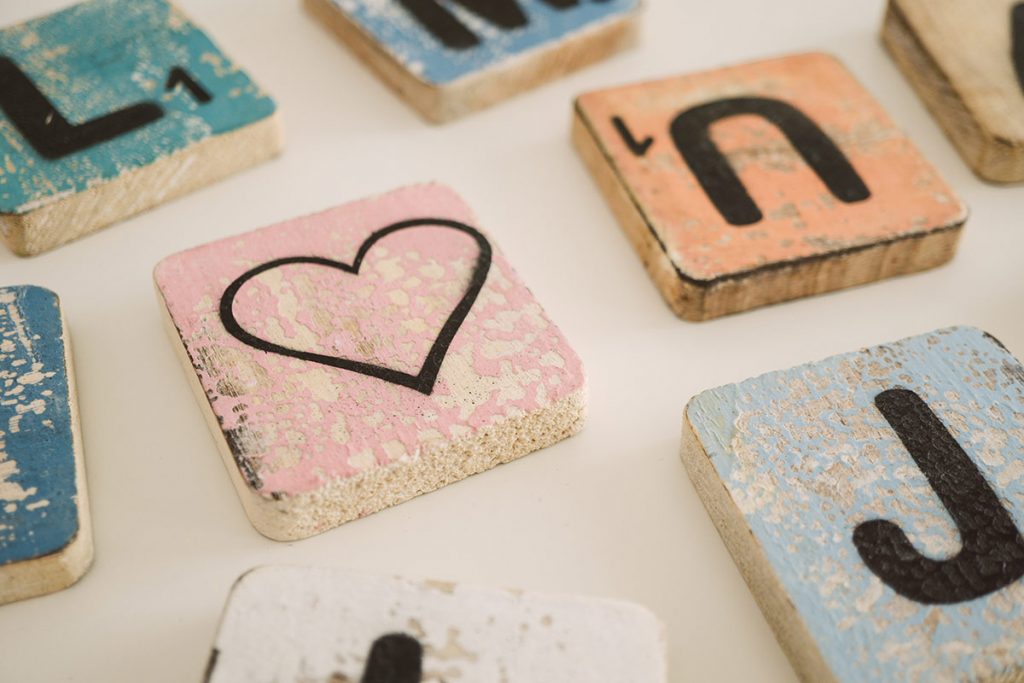
Memorization Techniques For Learning Vocabulary
Please keep in mind that some of the links in this post are affiliate links. In the event of a sale, I will be awarded a small commission (at no extra cost for you). Thank you for supporting my blog!
What is the hardest part of learning a new language for you? I recently reached out to a few readers to ask exactly that question. So many people wrote back saying that their biggest struggle in language learning is memorizing large amounts of vocabulary.
I’ve written about some good approaches to learning vocabulary before, but today I want to look specifically at memorization techniques that can help you retain large amounts of information.
Lifestyle Changes
This is not really a technique, but let’s start with the basics. Memory can be improved by a few simple lifestyle changes. Getting enough sleep, exercising regularly, cutting down on sugar and alcohol and eating the right foods are all natural ways to improve your memory.
Foods that aid memory include:
- Oily fish (you can also try a fish oil supplement)
- Nuts
- Dark chocolate
- Berries
- Foods high in Vitamin K like kale and broccoli.
Mnemonic Devices
A mnemonic is a memory technique that helps you remember a piece of information by connecting it to something more accessible or meaningful. A mnemonic can be an acronym, a rhyme, a song or an associated image or word.
One of the best ways to use mnemonics to learn vocabulary is to link the word you want to learn to your native language using a silly image. For example, remembering the Afrikaans word for snake (‘slang’) by imagining a very hip snake, complete with trendy sunglasses using a lot of slang words. Just remember that these words are not pronounced the same!
The Memory Palace Technique
The Memory Palace Technique or Method of Loci is a very popular mnemonic device used by memory contest champions to remember large lists of items in order.
The success of this method is based on the idea that we best remember places that we are familiar with. So we can remember items by associating them with locations along a route (or in a room) that we know very well.
Let’s say, for example, you want to memorize a shopping list of 5 items:
Bananas
Paper towels
Yoghurt
Dog food
Bottle of wine
We’ll start by constructing your memory palace. This can be any place you are very familiar with, like your school, your office, your house or your local shopping mall. Let’s choose your home for this example.
Now imagine that you open your front door. As you enter, you slip on a banana peel. Disgruntled, you hobble over to the table in your entryway and grab a roll of paper towels to wipe the banana off your feet. Next, you move through your living room to your kitchen where you find your partner (or family member) attempting to make a smoothie by adding yoghurt to a blender. The lid of the blender is not on properly and yoghurt splatters everywhere (the more dramatic or silly the action the better you’ll remember it). You have no intention to help clean up so you move towards the hallway only to find your dog barreling down the corridor towards you. She jumps up against your legs demanding to be fed. You rush to your bedroom where you open a bottle of wine, happy to have escaped the chaos that seems to have taken over your home.
We can also apply this memorization technique to learning vocabulary. This can be more obvious associations, like ‘storing’ words for food items in your fridge, or something obscure and silly – like remembering the Chinese word for meat (ròu) by imagining yourself rowing (sounds like ròu) in a canoe in your swimming pool or bathtub while eating a piece of jerky.
If you are interested in learning more about this kind of memorization technique, check out Joshua Foer’s book Moonwalking with Einstein.
Spaced Repetition
If you are using a flashcard app like Anki, you are already employing the spaced repetition method to learn vocabulary. This method is based on the spacing effect, which demonstrates that information is more easily and effectively retained when reviewed at increasing intervals.
You can create your own spaced repetition system with flashcards using the Leitner system. For this method you need your deck of flashcards and three boxes. You can have more than 3 boxes, but I find this gets confusing. Label each box according to the frequency you’ll study the cards in that box. For example:
Box 1: Every day
Box 2: Every 2 days
Box 3: Every 4 days
Every card starts out in box 1. Review the cards. If you get it wrong, it stays in box 1. If you get it right, it moves to box 2.
Cards you know from box 2 are moved to box 3. Those you get wrong are demoted back to box 1. You continue this process until all the cards are in the highest box.
This video helps explain the process:
You can make your own flashcards using these blank index cards or ready-made sets like the ones below:
Mind Maps
Mind maps are diagrams that visually map information around a central idea or topic. Studies suggest that mind maps (also called spider diagrams) are effective because they mimic the way our brains organize information – through non-linear associations and triggers.
Mind maps can be very useful to map vocabulary words. You can create maps for synonyms, antonyms, associated phrases, collocations and so on.

Check out Mind Map Mastery by Tony Buzan, the author who popularised the mind mapping technique.
Rote Memorization
Rote learning has a bad reputation these days with a lot more emphasis being placed on meaningful learning. The thing is, repetition is a really good way of remembering things and this approach can actually be useful when trying to learn new vocabulary.
As long as your strategy is not solely based on memorizing a list of vocabulary words out of context, I see no problem with adding some good old repetition (writing words out, repeating them out loud, etc.) to the mix.
What techniques do you use to remember new vocabulary in your target language? Let us know in the comments!







